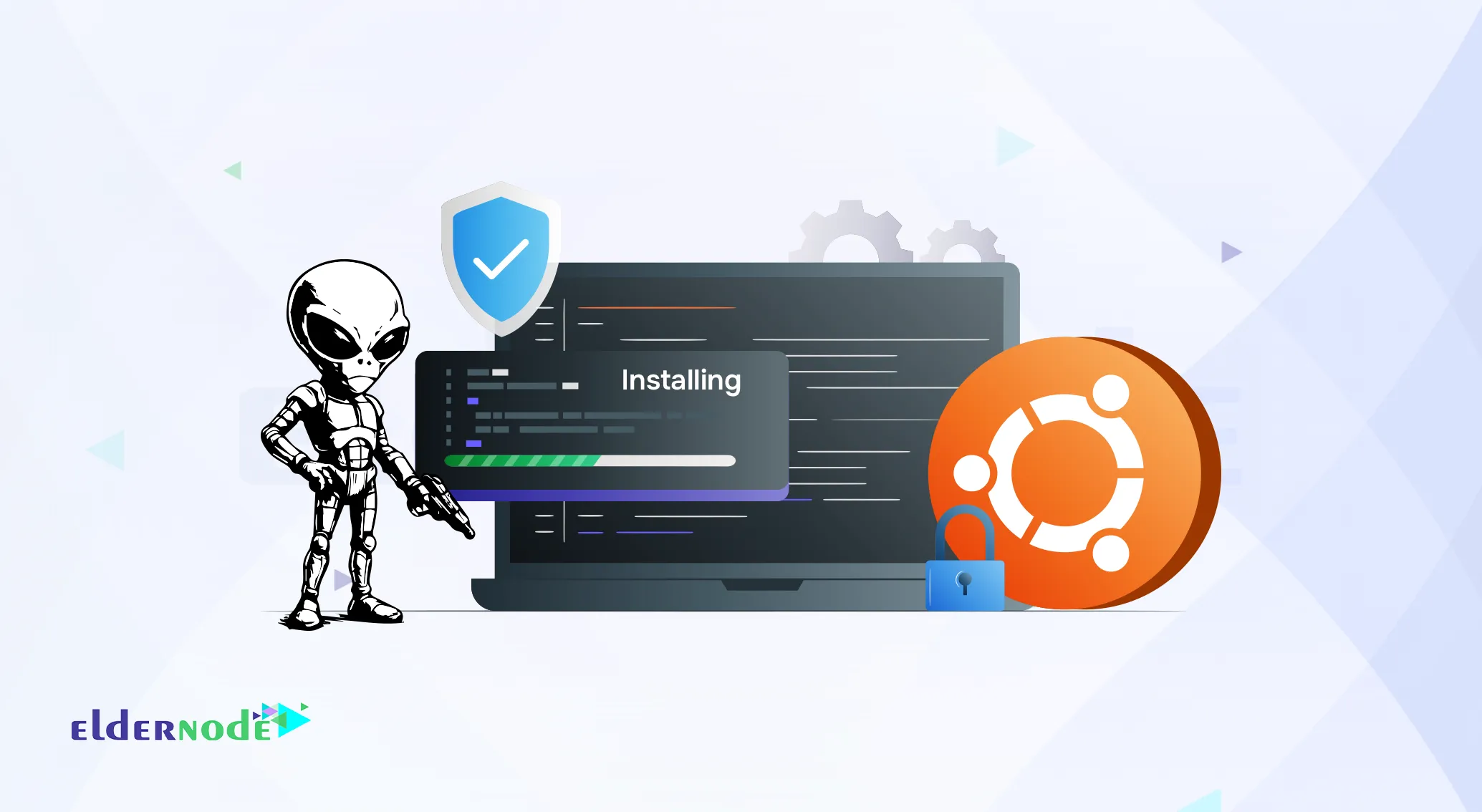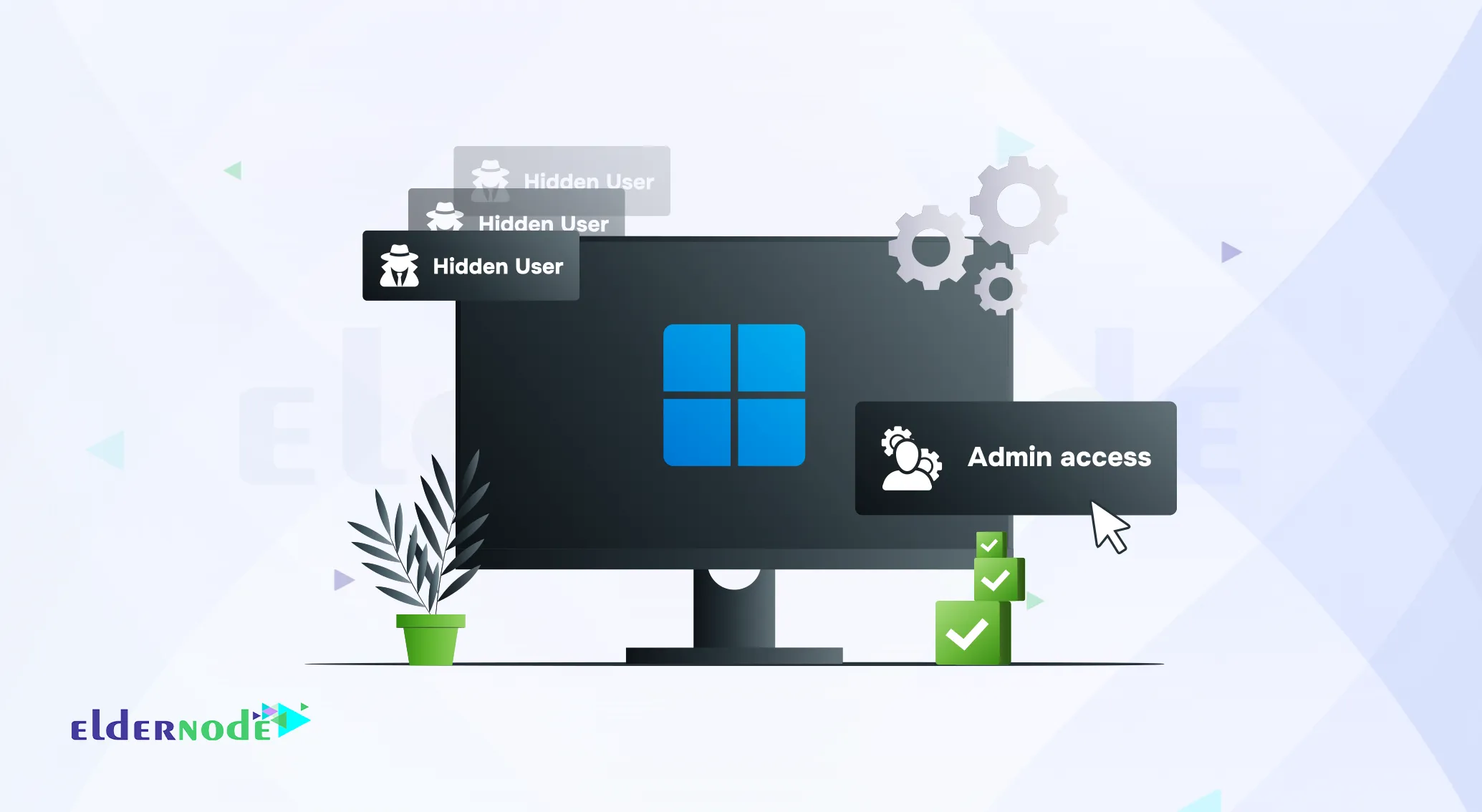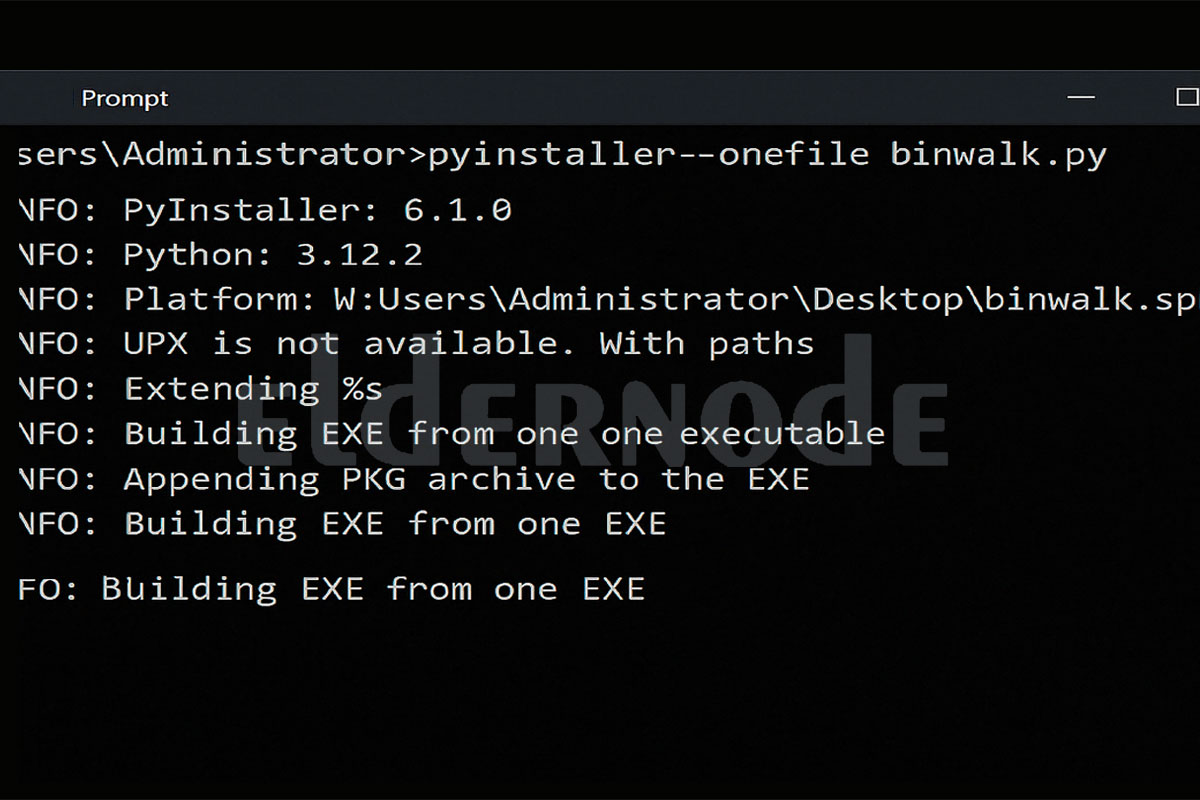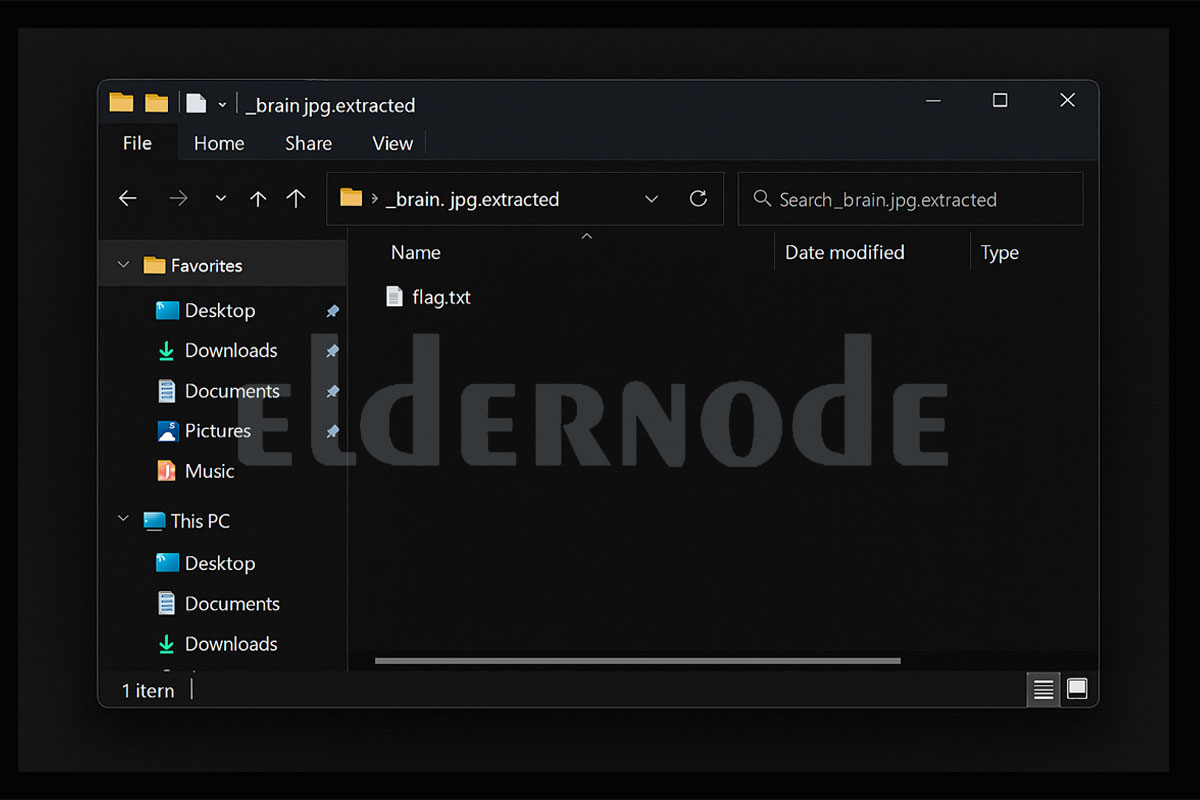How to Install and Use Binwalk on Windows (Step-by-Step)

Ever wondered what secrets might be hiding inside firmware files? That’s exactly what Binwalk is made for. It’s a widely-used, open-source tool that lets you scan firmware, dissect its structure, and uncover hidden components. In this guide, you’ll learn how to install Binwalk on Windows and use it step-by-step—even if you’re just getting started.
While Binwalk was initially built for Linux environments, many users prefer running it on Windows—especially for testing or educational purposes. In this easy-to-follow guide, we’ll show you how to set up Binwalk on Windows and walk through a real-world example to get you started.
💡 Tip: For full compatibility and better performance, Binwalk works best on Linux. But with a few tweaks, you can run it smoothly on Windows too.
🔍 What Is Binwalk and Why Might You Use It on Windows?
Binwalk is a reverse engineering utility that allows you to inspect binary files—particularly firmware images—by scanning them for embedded files, compressed data, and recognizable patterns. Security researchers, developers, and ethical hackers often use it to analyze unknown firmware and extract useful insights.
On Windows, setting up Binwalk takes a few extra steps, but it’s completely doable. Essentially, when you run a command like:
binwalk file.bin
You’re actually executing a Python script that interprets and processes that binary file for analysis—something we’ll guide you through next.
python binwalk.py file.bin
📥 Step-by-Step Guide to Install Binwalk on Windows
Follow these steps to install and configure Binwalk in a Windows environment:
1. Install Python
First, download the most recent version of Python. During the setup, make sure to check the “Add Python to PATH” option—this step makes sure Python works properly from the command line.
2. Install Required Python Modules
Open Command Prompt and enter the following (if it’s not already included in your version of Python):
pip install backports.lzma
Also, install pyinstaller to create a .exe later:
pip install pyinstaller
These modules are essential for creating a standalone executable version of Binwalk later.
3. Download Binwalk
Head over to the official Binwalk GitHub page and download the ZIP file. Extract it to a location like your Desktop. Then, navigate into that folder using CMD and run:
Open CMD in that folder and run:
python setup.py install
4. Create a Standalone Executable After Installing Binwalk on Windows (Optional)
To convert the script into a standalone .exe:
pyinstaller --onefile binwalk.py
After the build process finishes, go to the dist/ folder. You’ll find binwalk.exe there. You can copy this executable file to:
C:\Windows\System32
This allows you to run binwalk from any directory via CMD.
🚀 How to Use Binwalk on Windows for Firmware Analysis
Let’s try analyzing an image after you install Binwalk on Windows. Suppose you have a file called brain.jpg.
1. Basic Scan
Run the following command in CMD:
binwalk brain.jpg
2. Extract Hidden Files
To extract embedded files:
binwalk -e brain.jpg
This will create a folder like _brain.jpg.extracted containing the hidden files, such as flag.txt if present.
Example Output
When analyzing a suspicious image file, you might discover embedded ZIP or other archive formats. This is useful in CTFs, penetration testing, or reverse engineering firmware dumps.
✅ Final Thoughts on Installing and Using Binwalk on Windows
For anyone diving into firmware analysis or reverse engineering, Binwalk is one of those tools you’ll be glad to have on your side. While its full potential is unlocked on Linux, Windows users can still get great results—especially by following this setup guide. While its full potential is unlocked on Linux, Windows users can absolutely benefit from it—especially after following this setup guide.
💡 Need a Secure Environment to Run Binwalk on Windows?
Looking to safely analyze firmware or perform reverse engineering tasks?
➡️ If you want to run Binwalk securely and without limitations, I’d recommend trying a Windows VPS from Eldernode. It’s Instant Setup, fast, reliable, and gets the job done.
Yes, Binwalk can be installed on Windows 11 as long as Python is properly configured.
Binwalk works best on Linux. However, with this guide, you can set it up and use it on Windows as well.
Yes, you may need administrative privileges, especially when copying the .exe file to System32.
No, Binwalk is a Python-based tool. You must have Python installed on your system to run it.
Binwalk can analyze firmware images, binary files, and even suspicious image files containing embedded data.
You Might Also Enjoy

How To Block Neighbor Discovery On MikroTik (Complete Guide)

How to Install MikroTik on VMware (Step-by-Step Tutorial)

How to Create FTP in XAMPP (Step-by-Step Guide)

How to Install libbpf on Ubuntu 22.04

How to Install and Configure Nikto on Ubuntu 20.04

How to Install, Run, and Uninstall Fern WiFi Cracker on Kali...

How to Create a Hidden Admin Account in Windows Easily

How to Limit Bandwidth on Ubuntu and Debian (2 Easy Ways)

How to Create a File Server on MikroTik (Step-by-Step Guide)
![enable-RDP-on-Windows-Server-2019 How to Enable RDP on Windows Server 2019 [Step-by-Step]](https://eldernode.com/wp-content/uploads/2021/02/enable-RDP-on-Windows-Server-2019.webp)




